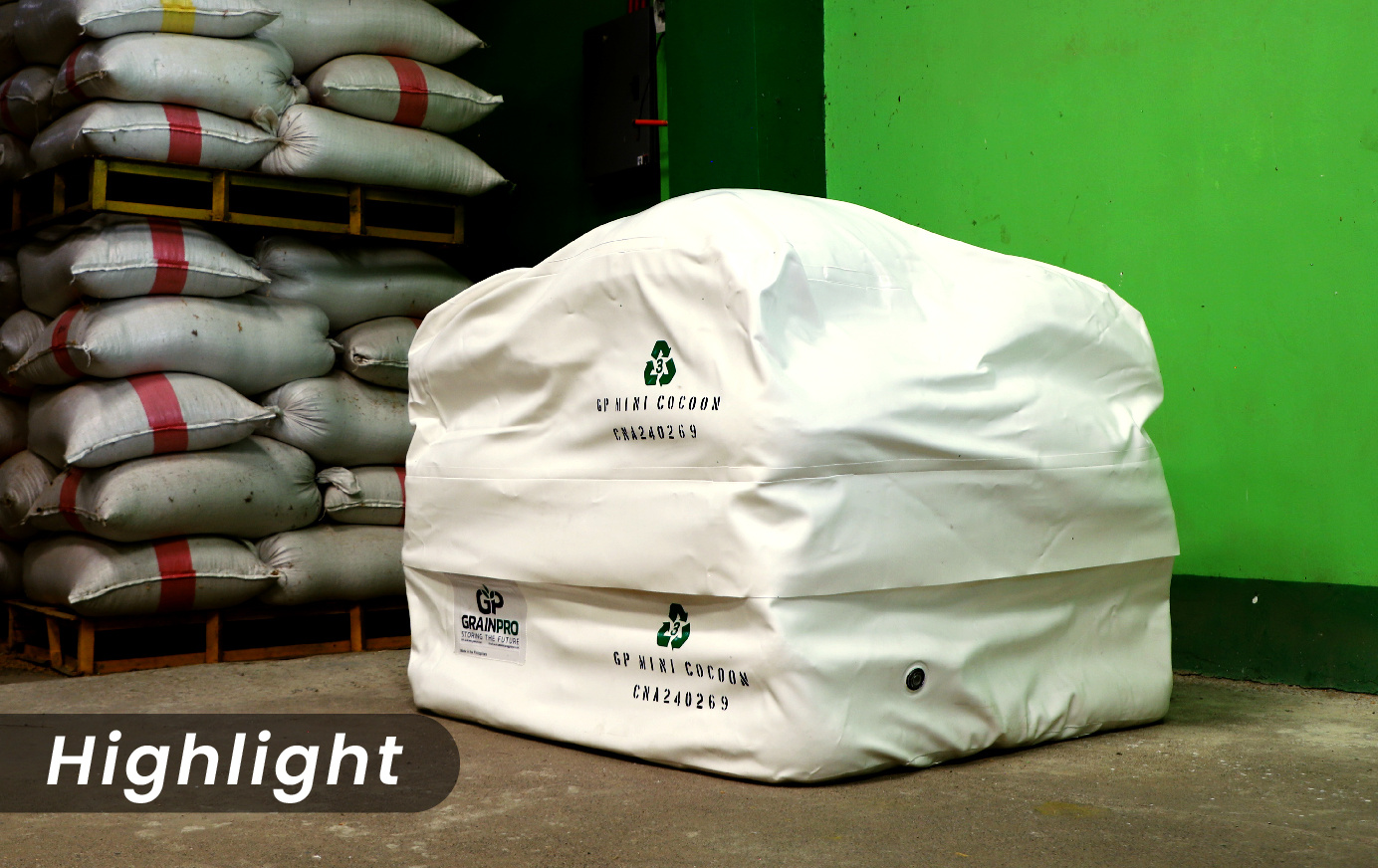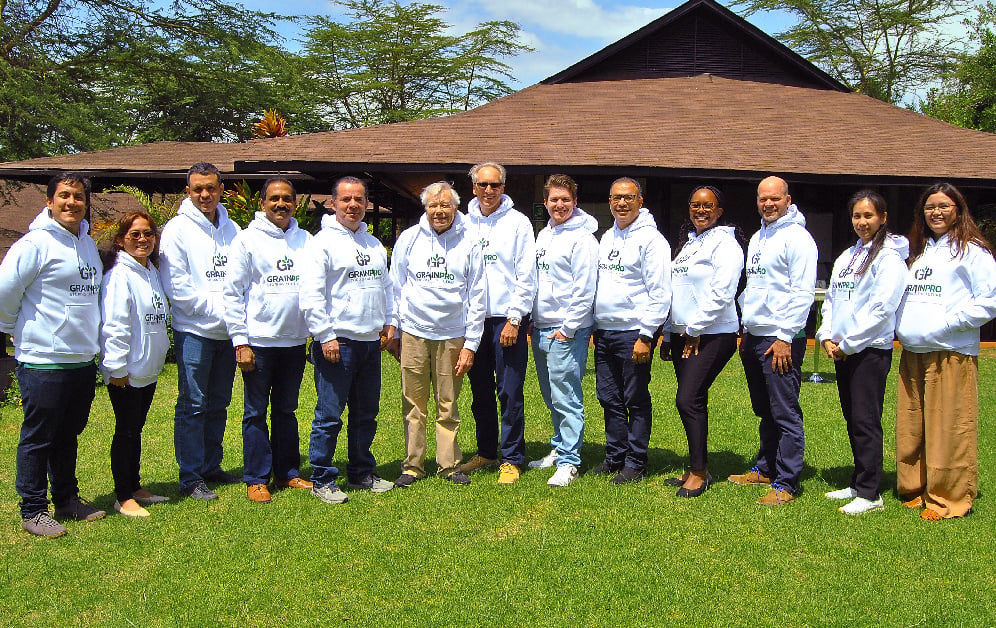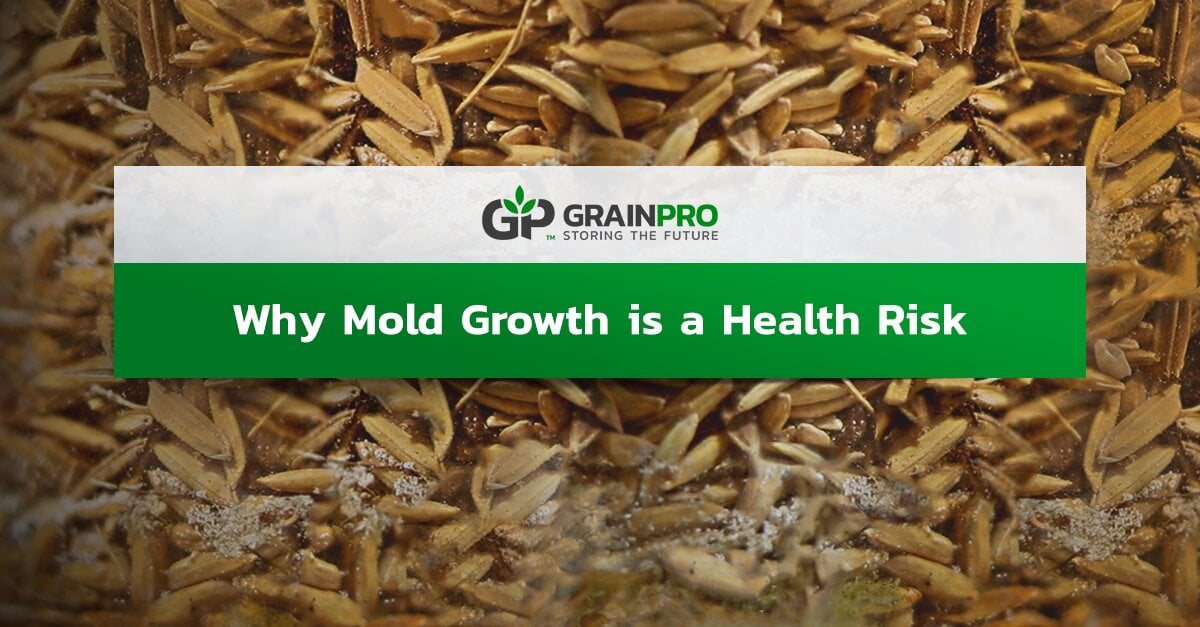Food safety and sanitation are among the issues that need to be highlighted further amidst worsening health conditions. To address this need, the World Health Organization (WHO) published a fact sheet informing the public about mold health risks posed by naturally occurring toxic substances such as mycotoxins, which includes aflatoxins, that can manifest in food, especially in harvested commodities like maize, rice, nuts, and even red chili peppers.
According to WHO, aflatoxins are “poisonous substances produced by certain kinds of fungi (molds) that grow in soil, decaying vegetation, hay, and grains,” which can affect both humans and livestock. Aflatoxins are also considered to be one of the most poisonous amongst mycotoxins. These substances are found in nature throughout various kinds of climates, causing damage to at least 25% of the world's food crops yearly. Grain commodities are one of the most affected agricultural products being destroyed by aflatoxins, adding to the surmounting pressure felt by governments and international organizations who are dealing with the problem of food insecurity.
Exposure to aflatoxins happens mainly when contaminated commodities are consumed. Farmers and other agricultural workers can also be exposed to this substance by inhaling dust generated during the handling and processing of crops and grains contaminated by molds. Exposure to aflatoxin may result in nausea, vomiting, abdominal pain, and convulsions.
Health-wise, continuous exposure can also lead to various complications as these substances are carcinogenic and can have potentially destructive effects on all internal organs, especially to the kidneys and liver, when ingested. Aflatoxins are also mutagenic, leading to birth defects in children. Lastly, these substances can affect the immune system of humans, potentially giving way to a decrease in the resistance against diseases caused by infectious agents, such as tuberculosis and HIV.
These prove that aflatoxins bring problems that can be felt in the long run. Partnered with malnutrition, mold growth can cause severe illness and issues to people of all ages. Thus, great care must be taken so that mold growth will not proliferate. Mold can grow in areas with elevated relative humidity, particularly in storage facilities with materials that can absorb moisture. Therefore, farmers and handlers of commodities must ensure that food storage is as safe as it can be to eliminate the risk of mold growth and prevent the spread of aflatoxins.
Read More: 4 Tips to Avoid Mold Growth in Stored Grains
One of the most effective ways to ensure the safety of your storage is through the use of hermetic technology, a solution provided by GrainPro. This technology uses a modified atmosphere for commodities to be stored in a safe and non-toxic manner. It makes sure that the storage is air-and-moisture-tight.
This innovation helps guarantee food safety and lessen hazards brought by hard-to-manage substances such as aflatoxins. It inhibits mold growth by maintaining a controlled atmosphere with the restriction of air and moisture-flow. Thus, it deprives mold of the moisture and oxygen it needs. Since mold growth is prevalent in damp, high-moisture environments, it is important to store commodities at the right moisture content and ensure that no water or external moisture can come in.
GrainPro advocates solutions for insufficient storage for food commodities by making the necessary equipment readily available in the global market. It is imperative for the company to address storage issues with the best alternatives and technologies. Thus, in addition to precautions like proper ventilation and regular monitoring, food storage problems can be addressed to provide safe food commodities for consumers worldwide.
To know more about GrainPro post-harvest solutions, click the link below.
Date Published: December 13, 2018





